Not content with bringing the first untethered mixed reality headset to market, Microsoft wants to expand their Windows Holographic operating system beyond HoloLens into vastly more robust technologies.
Through partnerships with other hardware manufacturers, Microsoft is hoping that Windows Holographic can become a platform capable of far more than just a personal holographic environment.
Microsoft's Vision for the Mixed Reality World
You couldn't call much about this announcement specific. It seem more like Microsoft has unveiled a grand vision that makes the already impressive HoloLens feel like more of a starting block than a revolution in and of itself.
Windows Holographic is now open to select hardware partners, allowing them to build devices around the platform to create new and intriguing capabilities. As you'll see in the video below, this technology can bring a team based in three different locations together through the HoloLens and other mixed and virtual reality headsets to work together in one place.
The "protagonist" of the story utilizes the HoloLens to build a holographic shoe store as a design concept for a client, while another member of her team communicates through an HTV Vive VR headset at his desk. Another man speaks mostly Japanese, but a cute blob-like assistant follows them all around and speaks to him in his native language.
Later, when the client speaks Japanese, her words are translated into English in real-time so everyone on the team understands. While that might seem a little far-fetched, it isn't. That feature already exists in Skype, one of Microsoft's other products.
Although this future may seem a ways off, Microsoft is showing us a series of actions that are mostly possible right now. The hardware you see exists. The specific software may not, but that's only because it hasn't be developed yet.
The basic tools exist. Microsoft's vision for Windows Holographic isn't stated to convince us of future possibilities, but to tell us we can build them now and it's time to get started.
How Microsoft's Plan Will Take Action
It's one thing to inspire people to help create the future, but inspiration only goes so far without a specific plan of action. Microsoft's announcement to open Windows Holographic should excite people, but they're not trying to build the road ahead by simply inciting an emotion.
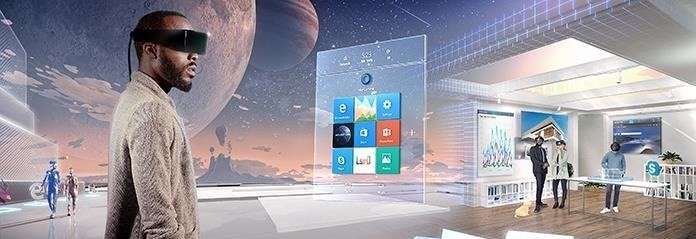
Windows Holographic wants to not only create a more immersive future in the workplace and for entertainment, but also solve the problem of device fragmentation. We'll always have multiple ecosystems, but Microsoft intends to unify as much mixed reality hardware as possible under one operating system. Opening Windows Holographic to third-party hardware developers turns would-be competition into collaboration and attempts to solve the consumer dilemma of choice by taking the complexity of platform compatibility out of the equation.
Microsoft accomplishes this by creating a layer in-between the hardware and the software through their application programming interface (API) in Windows Holographic. That means when software developers want to utilize a feature of the operating system, they write code to access that feature and don't have to figure out how to interpret the unique sensor arrays of every different type of headset directly. Instead, they can focus on what their applications and games can do for the consumer rather than how to make them compatible with all present and future hardware.
Some headsets may not support every feature of Windows Holographic, but computers work in similar ways and often supply workarounds and alternative options. The same benefits apply here, allowing consumers to choose the product they want and not worry about compatibility issues. This will allow the creation of a variety of device types with different goals, price points, and capabilities all running the same system.
Which partners will accept the challenge of building this holographic future with Microsoft remains to be seen, but the doors are open to get involved. Microsoft has invited developers to sign up and learn more through the WinHEC conferences and hopes many will get on board. They didn't wait for their first mixed reality headset to see a consumer release before inviting others to join them; Instead, they insisted we build this new feature together, and that's one of the most endearing approaches to an innovative new technology that we've seen in a very long time.
Just updated your iPhone? You'll find new emoji, enhanced security, podcast transcripts, Apple Cash virtual numbers, and other useful features. There are even new additions hidden within Safari. Find out what's new and changed on your iPhone with the iOS 17.4 update.
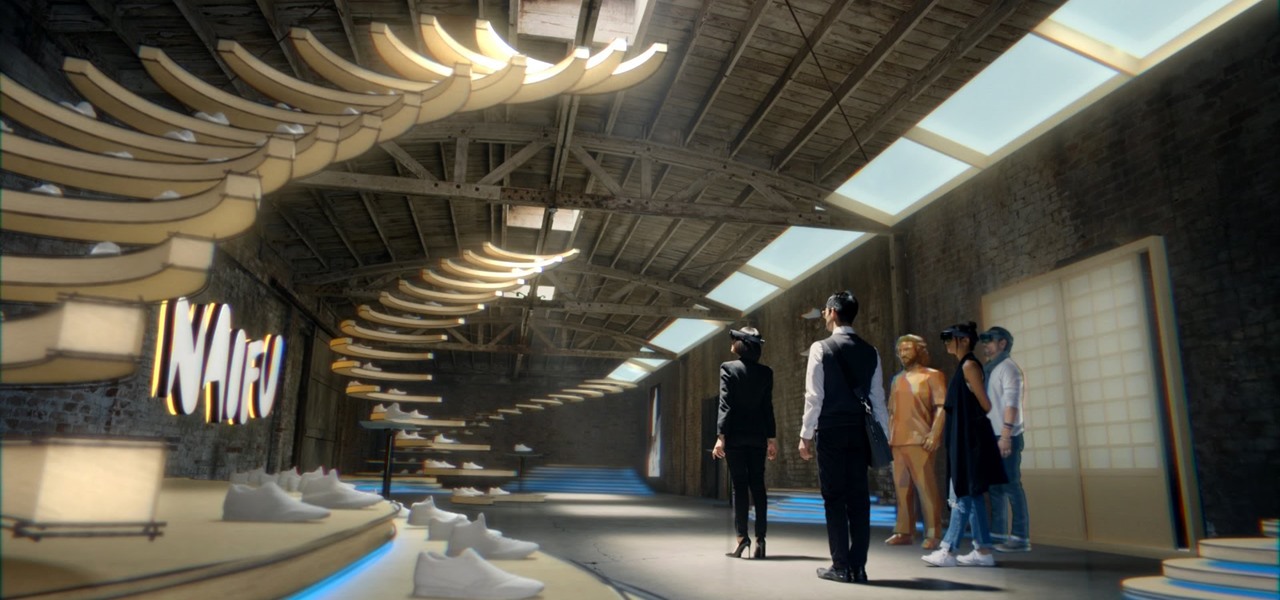









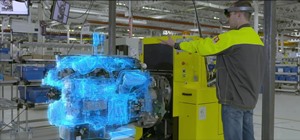


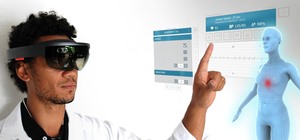

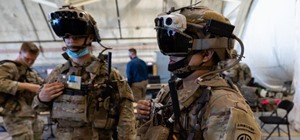




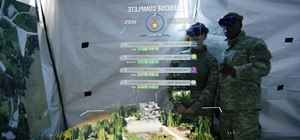

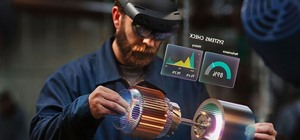
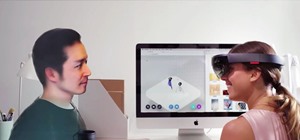
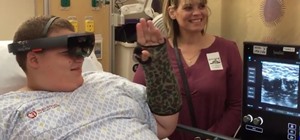
Be the First to Comment
Share Your Thoughts